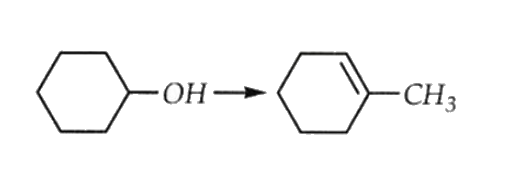Grafting in sugarcane can not be performed because
vascular bundles are scattered
pholem is internal to xylem
sugarcane plant is delicate
it is unable to bear injury
The correct Answer is:A
Step-by-Step Solution:
1. Understanding Grafting: Grafting is a method of vegetative propagation where the root system of one plant (called the rootstock) is joined with the shoot system of another plant (called the scion). This process allows for the combination of characteristics from both plants.
2. Identifying the Requirements for Successful Grafting: For grafting to be successful, the vascular systems of both the rootstock and scion must be able to connect and function as a single system. This requires the presence of cambium, a layer of meristematic tissue that allows for the growth and connection of vascular tissues.
3. Distinguishing Between Dicot and Monocot Plants: Grafting is typically successful in dicot plants because they have a vascular cambium that is arranged in a ring, allowing for effective connection between the vascular systems. In contrast, monocot plants, such as sugarcane, lack this arrangement.
4. Analyzing Sugarcane's Structure: Sugarcane is classified as a monocot. In monocots, the vascular bundles are scattered throughout the stem rather than being arranged in a ring. Additionally, monocots do not have a cambium layer that facilitates grafting.
5. Conclusion: Therefore, grafting cannot be performed in sugarcane because the vascular bundles are scattered, preventing the necessary connection between the root and shoot systems.
Final Answer:
Grafting in sugarcane cannot be performed because the vascular bundles are scattered.
---
Grafting in sugarcane cannot be performed because the vascular bundles are scattered.
Topper's Solved these Questions
Similar Questions
Knowledge Check
The value of escape speed from the surface of earth is
Anodes are shorter than internodesBnodes have meristematic cellsCnodes are located near the soilDnodes have non-photosynthetic cells.
The sugarcane plant has
View SolutionIntermodal elongation in sugarcane stem is promoted by
View SolutionThe transformation given below can be performed by

View SolutionStilt roots in sugarcane
View SolutionThe diagnosis of cancer can be performed by using techniques such as
View SolutionMeaningful girdling experiments can't be performed with sugarcane plant because
View SolutionAppearance of vegetative propagules from the nodes of plant such as sugarcane and ginger is mainly because
View Solution
